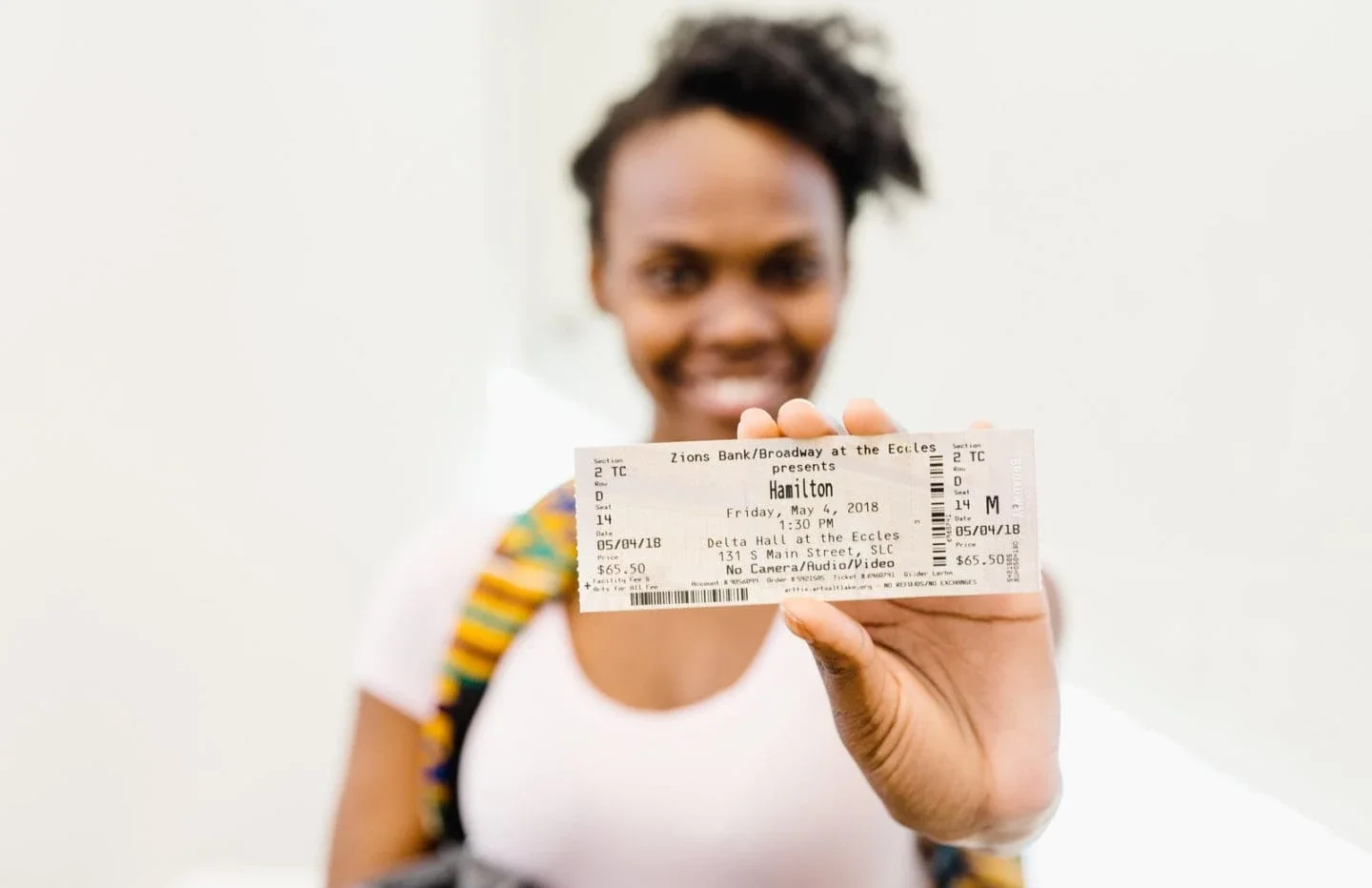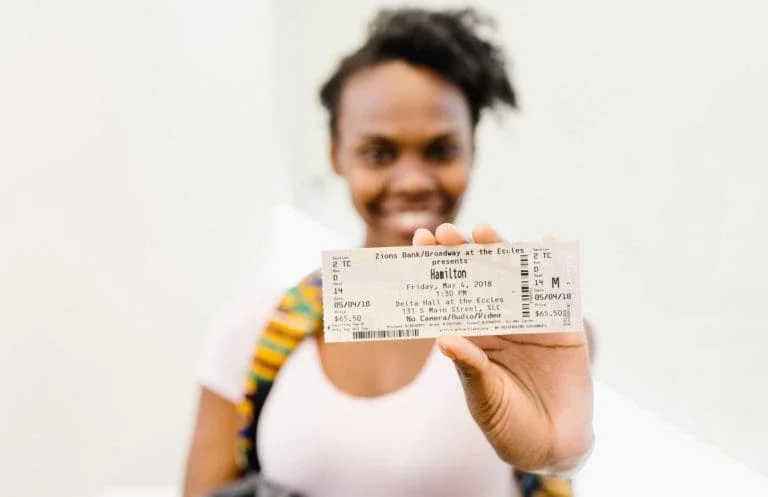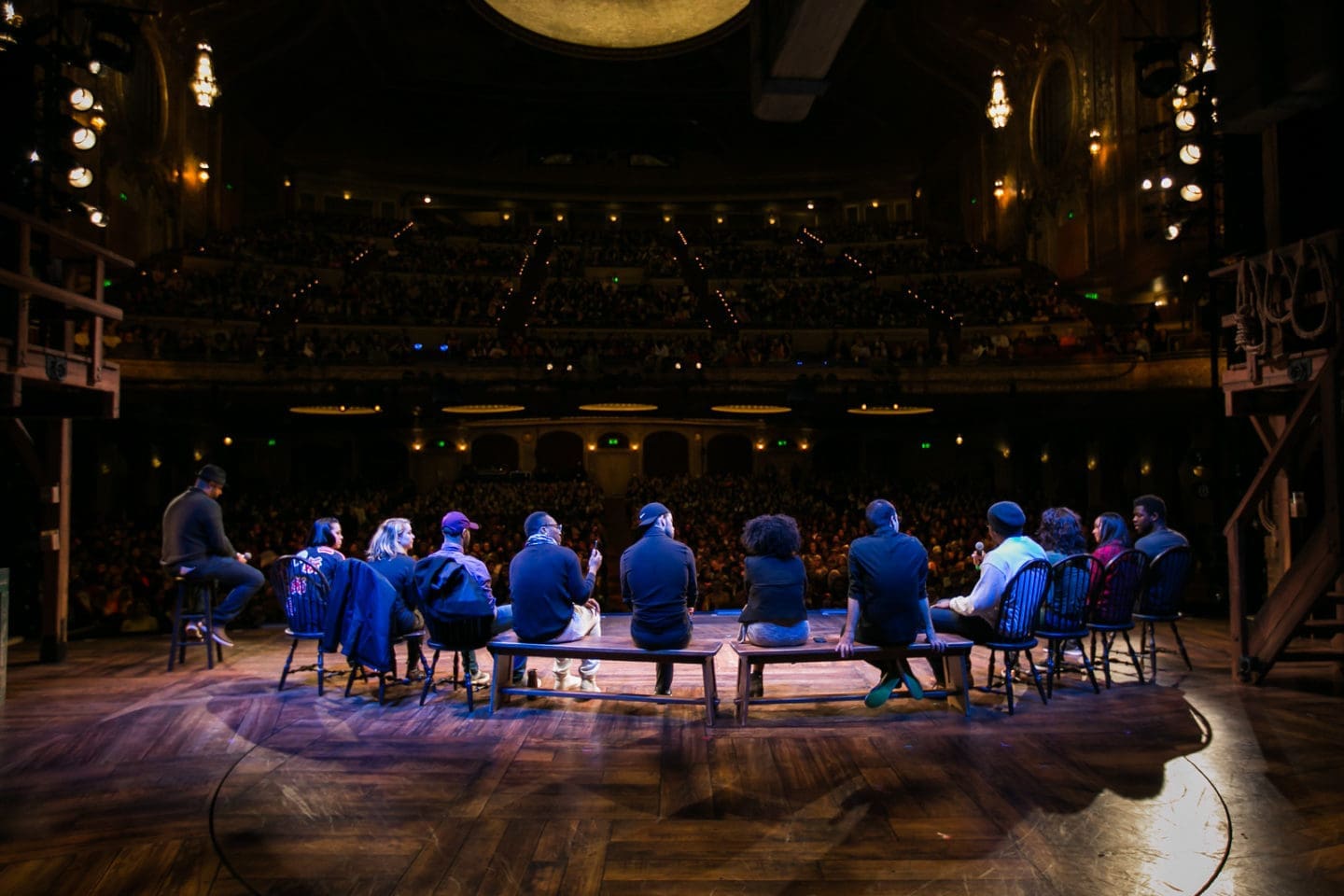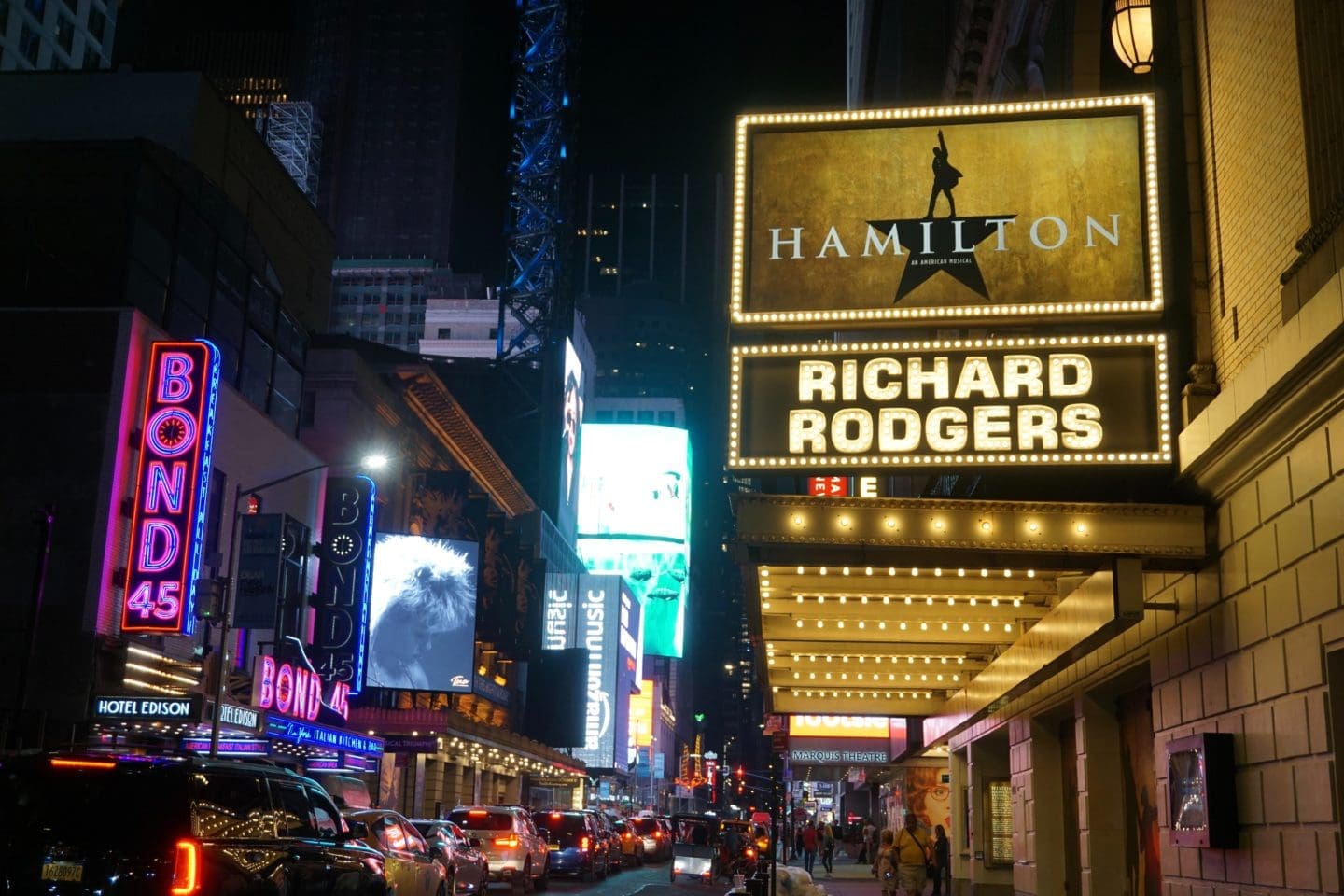Silently Simmering
by Marsha Darbouze
I am silent
Not because I am complacent
Not because I have the privilege
of making this tragedy an afterthought
Not because I don’t understand
Not because I don’t feel
I am silent because I do
I am silent to collect my thoughts
To find the right words to stitch together
Because I need this to be the last time we have to revise these pleas
I am silent to quell the rage inside of me
Because if I let it out I am threatening
I am threatening anyway
So don’t you dare mistake my silence
For what it’s not
It’s not a calm state of mind
I sit anxious to say something
To do something
Something quick
Because I know that even the loudest may soon be silent
Until the next brother is
unfortunately fortunate enough not to fall silently
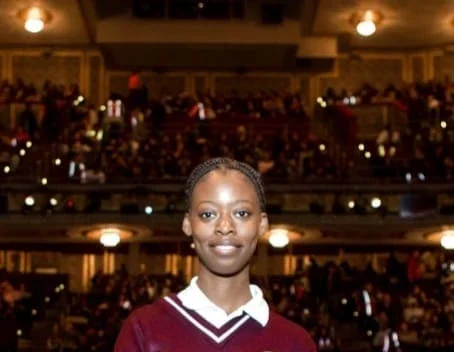
“I Hope It Continues Forever”
Darbouze was a student participant in the EduHam, the education program created by the Gilder Lehrman Institute of American History in partnership with The Rockefeller Foundation and the producers of the megahit Broadway musical “Hamilton.” Using source documents along with music, rap, poetry and performance, EduHam encourages students to both engage in historical research and value their own voices.
VISIT EDUHAM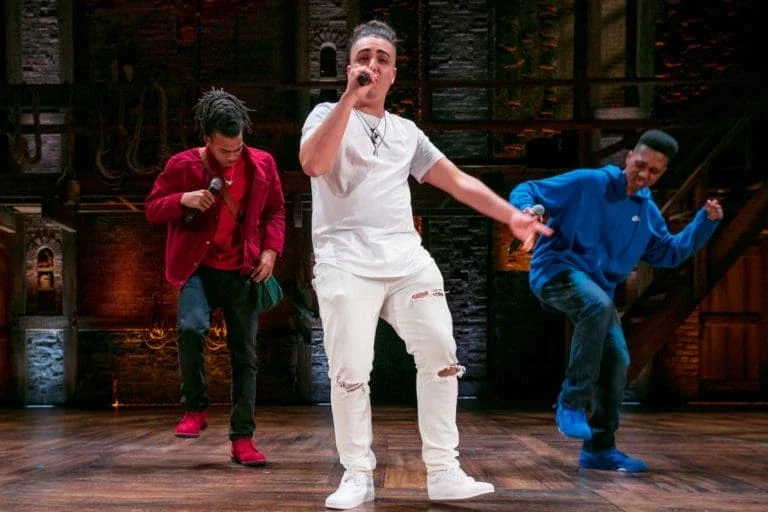
“‘Hamilton’ has enabled students today to connect with the Founding Era and claim it for themselves, to retell its stories in their own language, to feel inspired by actors who look like them, and to discover that idealism and activism mattered to the Founders as much as they matter to us today,’ said the Institute’s president, James G. Basker. “While refusing to ignore problems around equality, racial justice, and historical memory in the performance pieces they create, the astonishing response of students to ‘Hamilton’ should give us hope for the future of our country.”
Darbouze puts it this way:
“The program made me more confident in analyzing the past and seeing how you can turn it into something of your own. I hope it continues forever.”
If those involved with EduHam have their say, it will.
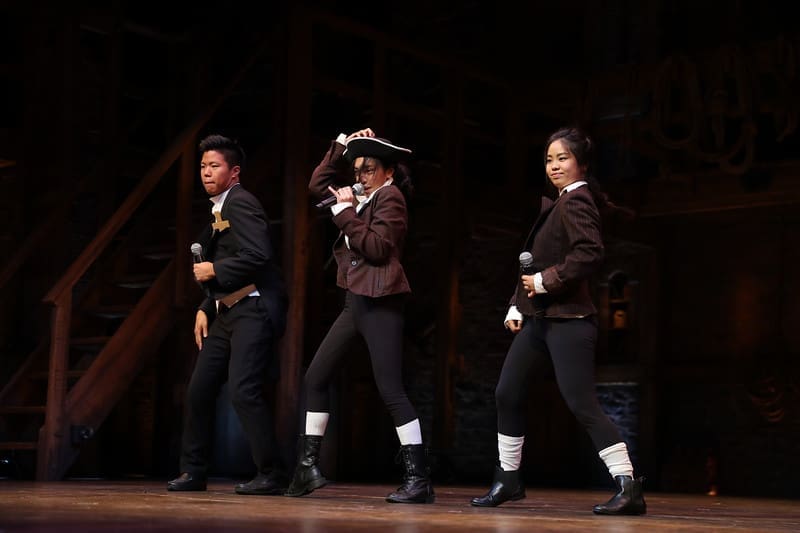
“Hamilton” is the story of Alexander Hamilton, an immigrant from the West Indies who became George Washington’s right-hand man during the Revolutionary War and was the new nation’s first Treasury Secretary. The musical’s score blends hip-hop, jazz, blues, rap, R&B, and Broadway. The show won both the 2016 Pulitzer Prize in drama and the Tony Award for best new musical, and pre-pandemic, its productions routinely sold out. A live filmed capture of the show streams on Disney Plus beginning July 3.
EduHam was launched in 2016 to engage 250,000 high school students and teachers in low-income areas throughout the country. Students use source documents to research historical figures or events and create their own performance pieces, which they present at a culminating event at a theater that includes seeing a matinee performance of the musical followed by a Q&A with cast members.
Scheduled to conclude in December of this year, EduHam on tour managed to reach 38 states plus the District of Columbia with over 182,000 participating students and teachers before Covid-19 shut it down. But the Foundation-supported expansion of the program into EduHamOnline, broadened to include middle schools, was already in the midst of its pilot year, being used in 73 schools in 43 states.
EduHamOnline was a short step away from EduHamHome, launched in response to Covid-19 with tips for parents on how to use the curriculum and resource portal with their children. Students can submit their work online and cast members will choose favorites every week to feature on their website. The online version includes access to over 200 primary sources with more being added weekly, and a recently-filmed video featuring the show’s creator and star, Lin-Manuel Miranda, who has called EduHam “our favorite thing we do as a company.” An app for use with mobile phones launched July 2, and the site will be available in Spanish as well as English next month.
EduHam Has Strong Impact on Students
Jeanette Providence, a teacher for the last 28 years at the same high school she attended, Grant Union in Sacramento, CA., recalls an 11th-grade teacher taking her and three other students to hear the poet, memoirist and civil rights activist Maya Angelou. The impression that left on her has lasted until today. She feels the EduHam program offers the same kind of impact, and she’s taught it five times since 2017. Once she even offered to pay for the bus herself to make sure her students could see the matinee.
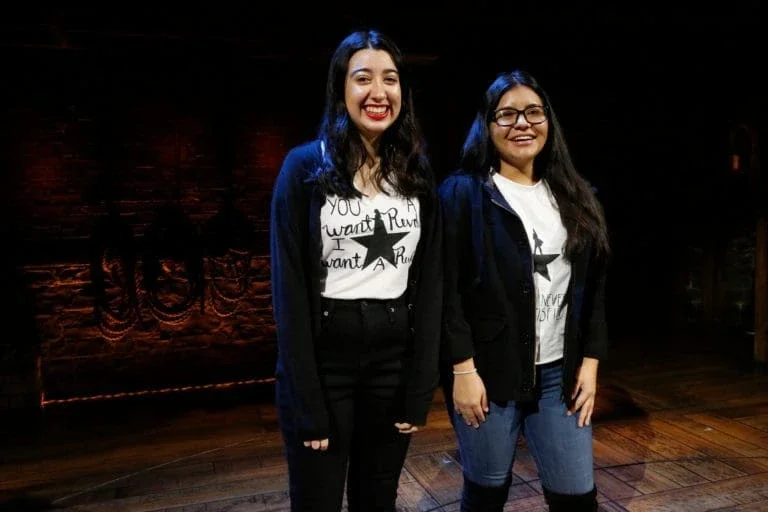
Many of her students are considered at risk because of the life challenges they face, and she loves watching them change and bloom during the EduHam program. One example from earlier this year came from a student named Robert who recited a poem he wrote about a Revolutionary War battle. “He was so shy beforehand. But the power of his performance changed the way people interacted with him. Afterward, he was still shy, but you could see him walk with more confidence.”
Police reform and racial justice issues being raised right now on the streets, Providence says, “are nothing new to our students. We’ve had students killed by police; we’ve had parents killed by police.” As an early example, she recalls the 1972 police killing of 15-year-old Grant Union student Raymond Brewer, a star athlete and outstanding scholar, as he was walking home carrying a stick he used to protect himself from neighborhood dogs.

One of the things I teach my students is the part in the Declaration of Independence that says ‘whenever any Form of Government becomes destructive of these ends, it is the Right of the People to alter or to abolish it.' Youth can and have always been a part of our country's change toward ‘a more perfect union'.
Jeanette ProvidenceTeacher, Grant Union High School, Sacramento, CA
EduHam Teaches That Their Voices Are Significant
Kai Bosley, a rising senior at Macalester College in St. Paul, MN majoring in Neuroscience with a minor in Spanish, participated in the EduHam program while at Providence St. Mel School in Chicago, writing and performing a song about George Washington at Valley Forge. She loved having access to primary sources as she researched George Washington’s thoughts and emotions.
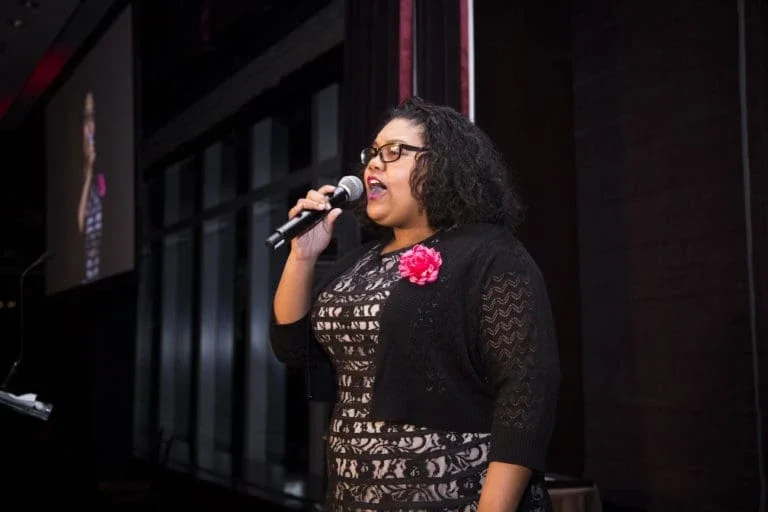
“During my research, I found his letter detailing feelings of demoralization as he watched his men suffer during the war’s lowest point,” she says. “In the midst of being questioned for his effectiveness as leader, George Washington still was able to fight on, with freedom as his guiding compass. Today, with the Black Lives Matter movement, the guiding compass is intentional improvement of policing and an upholding of basic human rights for black and brown communities. The struggle for liberty and freedom in our history is ongoing.”
“At that time as a high schooler, my intent was more on participating within the EduHam program guidelines, so more focus was put into understanding George Washington’s state of mind at a particular time in history. I only knew to center my song on that particular moment of his life, which meant that my scope of him was seen through a narrower lense than today. In today’s climate and from what I now know as I prepare to graduate college, my song might have had a very different take on his overall character. Given what I know now about him being a cruel slave master, maybe the tone would have been different.”
Because of Covid-19 and an underlying health condition, Bosley participates in the protests by donating and signing petitions. She believes it is a moment of hope. If someone a century from now looks back and uses source documents to illustrate this moment in history as she did with EduHam, “I think whatever play they create needs to encapsulate the sense of hurt we feel,” she says, “but also our conviction that in addressing inequalities, we better our society as a whole.”
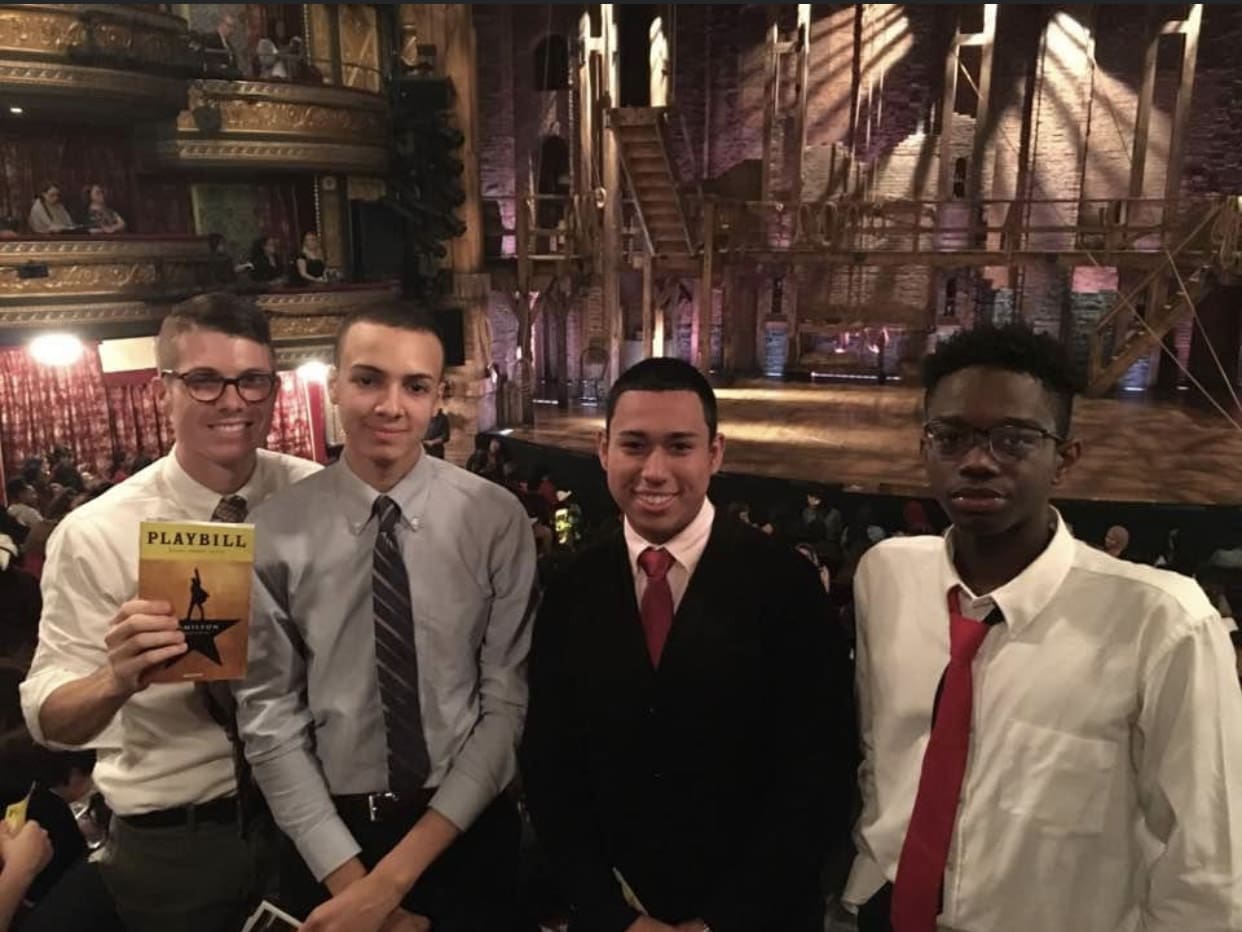
Ryan Scheb, the chair of the History Department Chair at Cristo Rey High School, an independent Catholic school in East Harlem, New York, has taught EduHam three times and loves taking his class to see the show. “Many of our students have never watched a Broadway show, much less the hottest ticket in town,” he notes.
But what he loves most about EduHam “is that it shows our students their voices are important. That’s what so much of these past few weeks have been about. They are getting a chance to say ‘this isn’t right and we aren’t going to tolerate it because we are just as entitled to the American story as anyone else.’ And in many ways, this is exactly the message of the Hamilton Education Program.”
